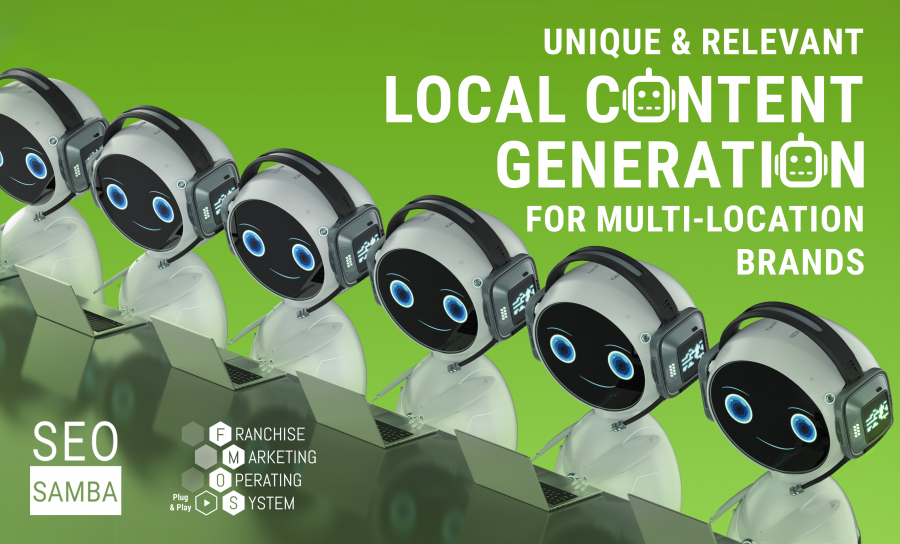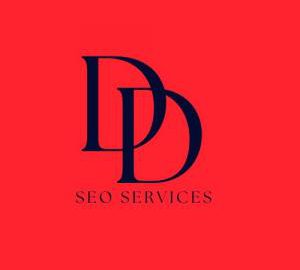Are you struggling to stay productive? Do you feel like there always needs to be more hours in the day to get everything done? Well, you’re not alone. Statistics show that, on average, an employee is productive for just 2 hours and 53 minutes each day. This shows that many people struggle with productivity and finding ways to maximize their time and energy. But fear not—I have compiled 10 productivity tips from popular productivity coaches that will help you become a more efficient and effective worker.
1. Julia McCoy: President of Content at Scale

Using the right AI can tremendously change and improve a content marketing team’s efficiency. In Content at Scale, one of the early tasks I did with our founder was change up our content marketing process to go from a lot of human work to as AI-driven as possible. We’re an AI company, after all, so it made sense for us to be a case study of the product we sell. In the end, we completely switched up our content marketing production process to be nearly 25x more efficient, which is absolutely insane–I used to run a high-volume production content agency, and it would take 25x the people to create 80-100 pieces of high quality content which is the output we’re experiencing today with just two people driving the AI (Content at Scale). Because our AI tool does all the real-time research, crawls Google, finds the best content for any given topic, writes the meta description and title, FAQ schema, and even automates the process of publishing to our website, we have removed the need for a ton of human work while still publishing a ton of humanlike content. It’s amazing to see content going out so consistently at quality levels without the need for human burnout or pushing creative writers past their limits.
LinkedIn:
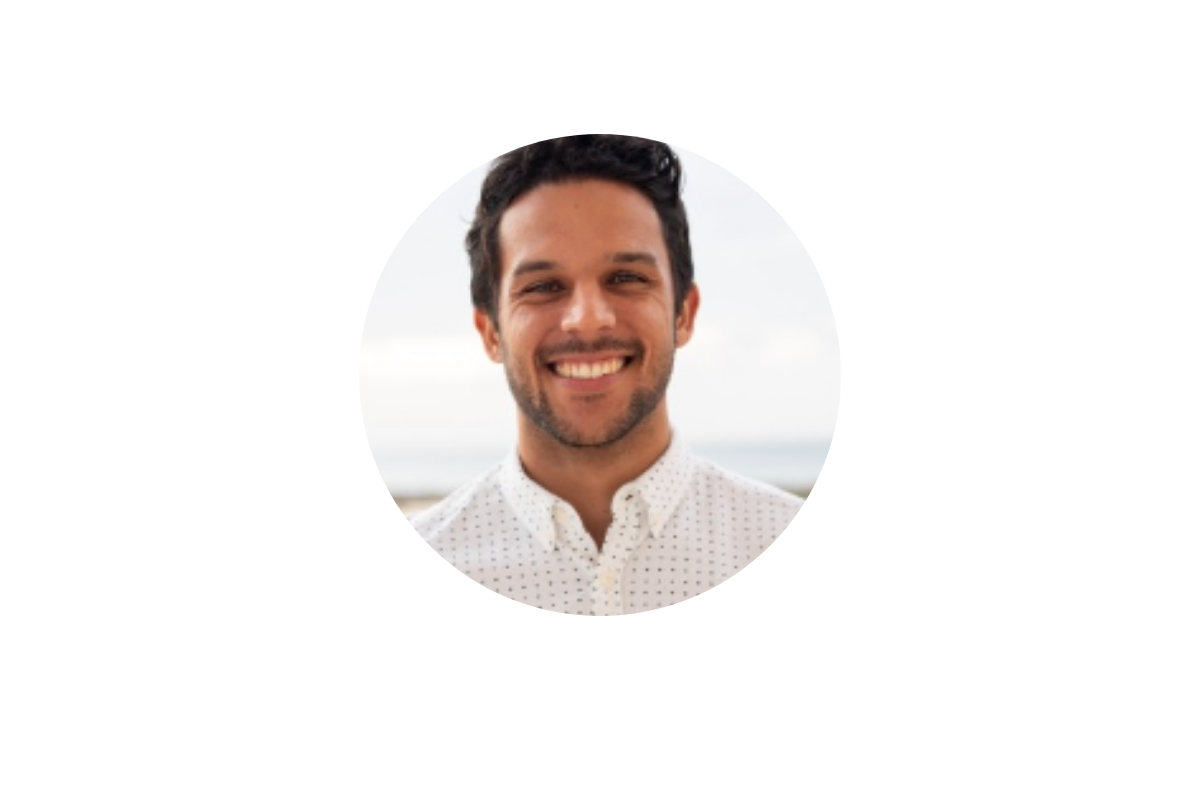

The word of the decade is going to be AI and that will be largely due to the productivity boost enabled by AI tools. Studies I’ve read are showing anywhere from a 3-42.5% productivity boost in the workplace depending on the role of the user and the application of the tool. I find myself using ChatGPT multiple times a day every day to boost my own productivity. From conducting a sentiment analysis of hundreds of customer satisfaction responses to automating my social media posting, AI is my new best friend for productivity. The more I use it, the better I understand its strengths and the more helpful it becomes. I’ve spent hundreds of hours researching and using AI tools and the best prompt template I’ve come across is this one by Sheila Teo, Data Scientist, and winner of Singapore’s GPT-4 Prompt Engineering Competition:
# CONTEXT #
# OBJECTIVE #
# STYLE #
# TONE #
# AUDIENCE #
# RESPONSE #
Use this prompt and fill in the blanks when you need help that requires any level of complexity. I promise it will give you the productivity boost you’re looking for.
3. Cody David: Owner of StoryBox
Best method to sustain long periods of work: 45 minutes on, 5 minutes off.
During the 5 minute break, either 1) walk around and get some blood flow, or 2) lay back and relax to clear your mind. Judge it based on mood. Works extremely well.
4. Kristian Larsen: Productivity Enthusiast and Digital Marketing blogger, Kristian-Larsen.com
LinkedIn:


Five years ago, I discovered Dan Martell’s ideas on energy management versus time management, and it completely changed how I work. In simple terms, managing your energy means using your natural energy levels to get more done.
You start your day with a routine that sets you up for success, tackle big tasks when you feel most energetic, and adjust your schedule to fit how you feel throughout the day. This approach helps you focus on what really matters and cut out time-wasting activities, making your day more productive.
I can highly recommend checking him out.
5. Ilija Sekulov: Digital marketing consultant and senior SEO manager, Mailbutler
LinkedIn:


Consider the “energy matching” method. Instead of scheduling tasks based on time, align them with your energy levels throughout the day. Identify when you feel most alert and productive, and tackle your most demanding tasks during those periods. Save easier, routine tasks for when your energy dips. This approach can enhance efficiency by ensuring you work on the right tasks at the right times, maximizing your productivity naturally.
6. Ioannis Trifonidis: Local SEO Specialist and Owner of Localtrifo
LinkedIn:
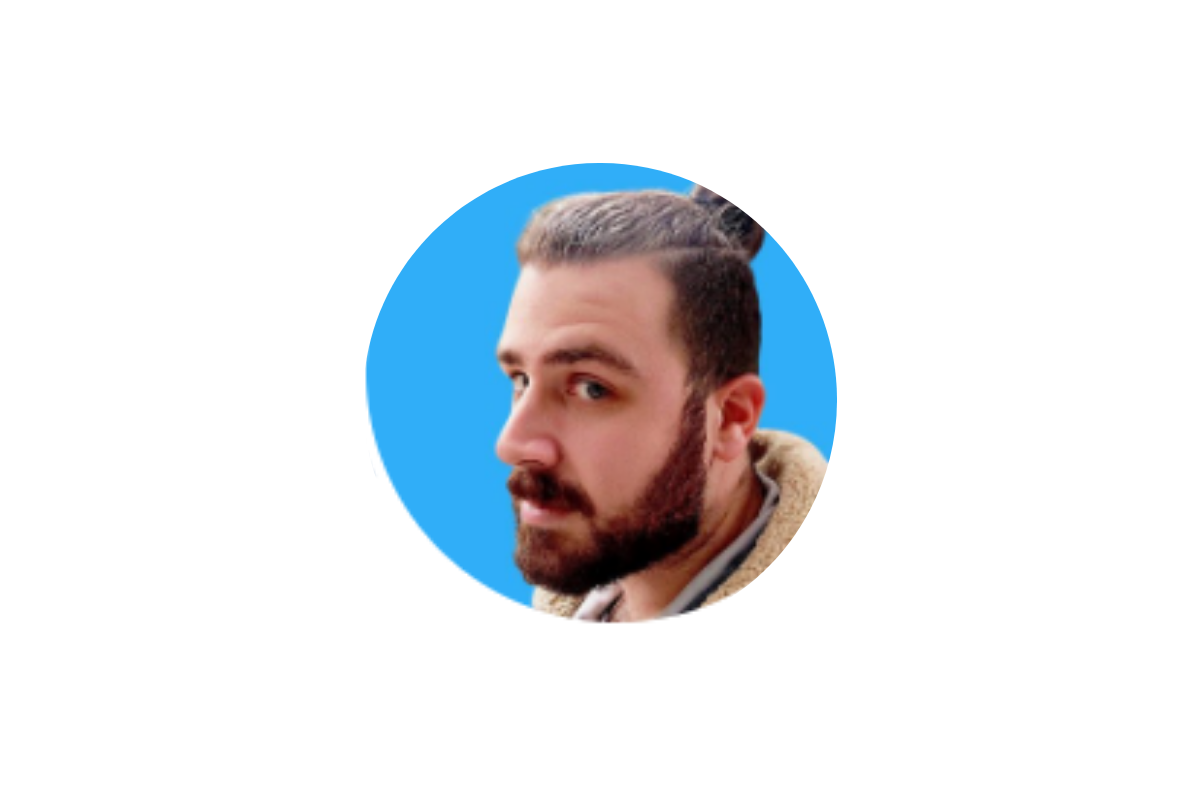

My whole productivity is based on three basic things:
- Things I really enjoy in my free time. To be more specific, I like escaping reality by playing video games after 9 pm, but only until 11.30, otherwise, I will feel tired the next day.
- Spend time with my family. Going out for a walk with my wife and daughter replenishes my energy levels and brings me maximum enjoyment. After all, family goes first in this life.
- Finally, during my work time, I block all distractions, drink lots of water, eat properly, and take a 20-minute break every three hours. And I never work more than 9 hours.
7. Robin Waite: Business Coach, Author and Speaker
LinkedIn:
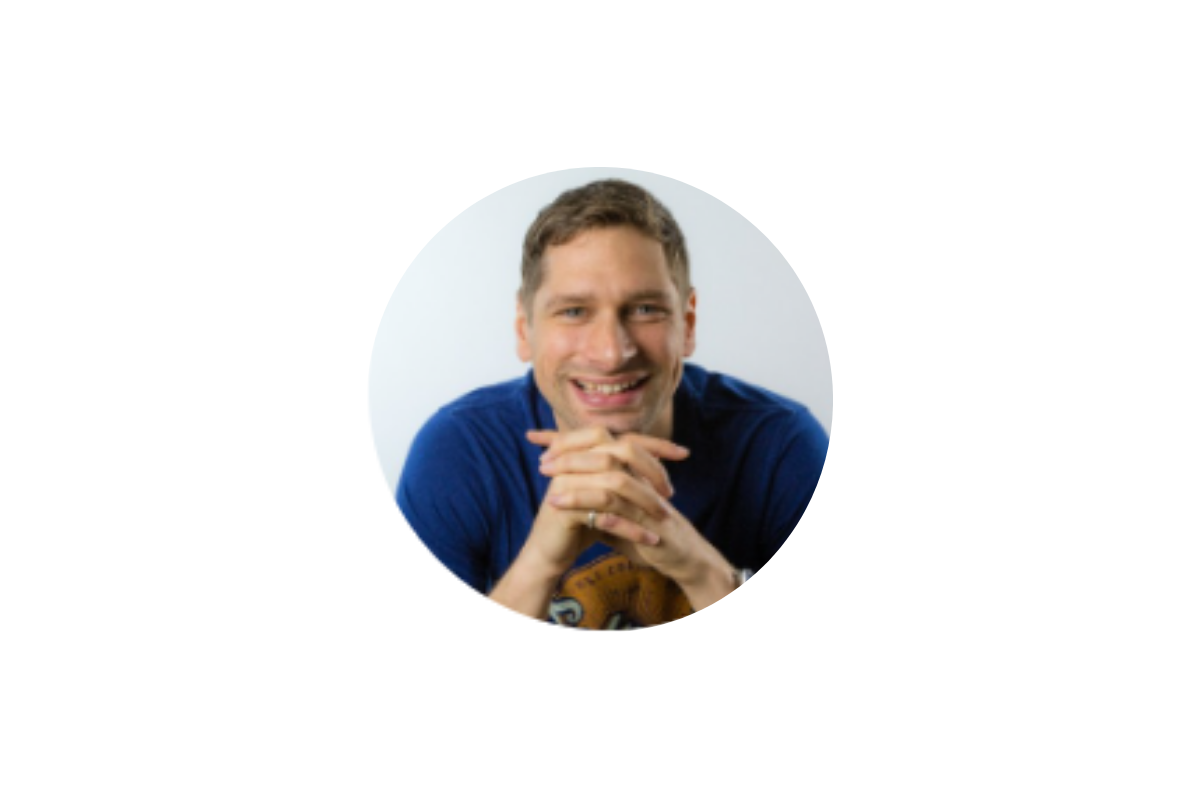

I apply Pareto’s Principle to pretty much every part of my business. It was a methodology I was introduced to by Perry Marshall who coined the phrase “80:20’ing your business”. Typically:
- 20% of your efforts contribute towards 80% of the outputs;
- 20% of your products/customers will contribute towards 80% of your revenue and/or profit;
- 20% of your clients will be responsible for 80% of support tickets raised;
- And 80% of your leads will come from 20% of your marketing channels and activities.
The ONLY job within my coaching practice is to find the 20% and double down on that and do it as quickly as possible. From there we then focus on the 4% rule (i.e. the 20% of the 20%). As an example, I was a guest on lots of podcasts last year but one, Deep Dive with Ali Abdaal produced 1,500 leads within the first 90 days. This was equivalent to approx. 2.5 years of leads prior to that! Now we focus our efforts on finding more podcasts like Deep Dive for me to be a guest on. 2-3 interviews like that and I don’t have to do any other forms of marketing to have a sustainable, small coaching practice.
We also apply the 4% rule to pricing. Knowing that it is possible to 4x your prices and 20% of your existing customers will buy the more expensive product. We have used this to successfully double the revenue in the coaching practice in the last 12 months.
8. Tom Winter: CGO at SEOwind.io
Linkedin:
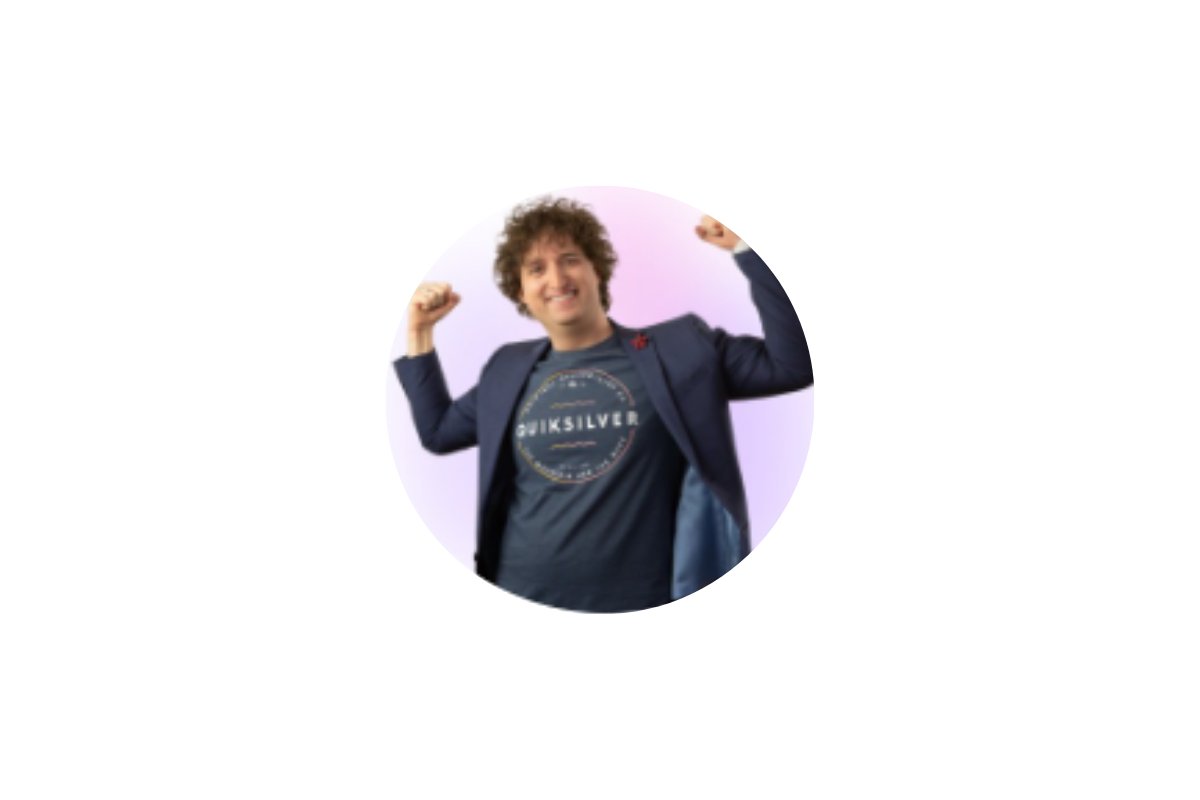

My productivity hack for content marketing. For AI writing, use tools that will help you gather and organize data which will be used as context for AI to write the article.
One of the biggest challenges I’ve faced as a content creator is balancing in-depth research and efficient writing. Spending hours gathering data, quotes, and statistics can leave little time for crafting the content.
That’s where AI-powered content creation tools have become an invaluable part of my workflow. These tools are more than just fancy search engines. They function as intelligent assistants, guiding and supporting me through the research phase.
Imagine this: you have a topic in mind, but the initial research feels like a slog. AI tools can step in, acting as tireless research assistants. They can quickly gather and organize relevant data, freeing you to focus on what truly matters – your unique analysis and insights.
By feeding the AI my own research questions and areas of focus, I ensure the generated content aligns with my expertise and voice. It’s not about creating regurgitated information but rather leveraging AI to build a foundation for content that’s genuinely helpful and insightful for the reader.
This approach has been a game-changer for my daily workflow. AI has significantly reduced the research burden, freeing valuable time for brainstorming creative content ideas and refining my overall strategy. In essence, it’s given me valuable mental space to focus on the high-impact aspects of content creation.
Linkedin:
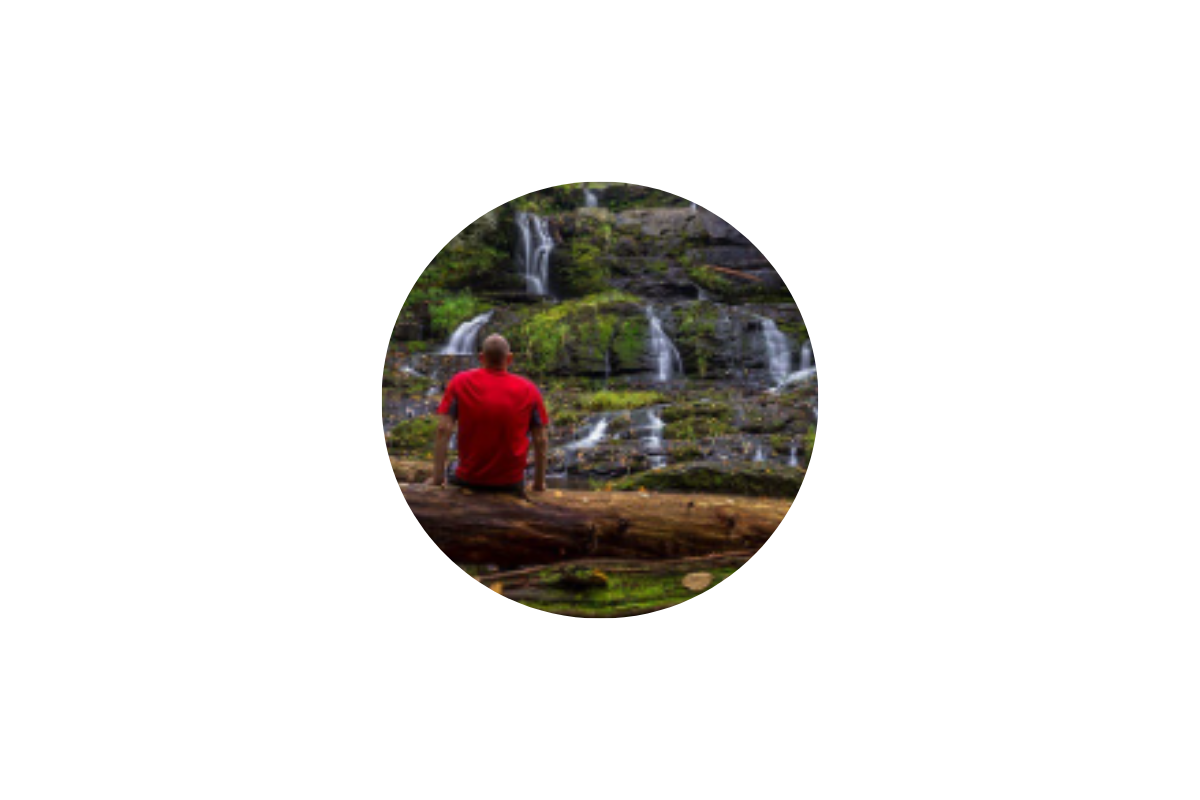

Knowing what to work on is key to maximizing your productivity. There are always a million different things competing for your time and attention, but not all of them are equally urgent or important.
My productivity significantly improved once I started creating weekly and daily to-do lists. This helps keep me on track and ensures that I’m using my time for things that make a difference. Before I started using a to-do list, I was always busy but not always working on the right things.
At the end of each week, I list a few major focus points for the following week. These things are critically important and need to be my top priorities for the week. Then, I also add other to-do items that need to get done but aren’t as urgent or important.
Then, I’ll create a list of tasks for each day, ensuring that I have enough time for the focus items. If anything doesn’t get finished during the week, which usually happens, it’s the tasks of less importance because I’ve prioritzed and focused on the most important tasks. It’s really simple and only takes a few minutes each week, but it forces you to remain focused on what matters most.
10. Alex Meyerhans: CEO of GetMeLinks
Linkedin:


I keep things fairly simple (after trying lots of not-so-simple approaches, some including the most peddled by productivity gurus). This will focus on deep work type of activity (which I personally find the hardest, given the never-ending river of incoming emails, team chats, etc).
- Block the time. Easier said than done, but do block that 3h block of “Don’t talk to me” time.
- Know beforehand what that block is for. Either decided while the weekly planning (a Sunday favorite activity) or the day before when wrapping the work day.
- Phone off, in a drawer, in a different room. Yes, I find it that hard to not peek at notifications while working. The more friction I add towards checking the phone, the better.
- Shut slack, skype, etc on the computer.
- Get in the zone. I find brain.fm fantastic for this. I set a 3h counter, high neural activity, some sound of waves, go. A nice pot of pu erh tea is a great companion and keeps the alert up without the anxiety coffee gives me.
- Do the thing. I don’t do pomodoros or anything else. Just the thing till I’m done or the 3h are up.
Conclusion
In conclusion, mastering productivity is paramount in today’s fast-paced professional landscape. These ten expert tips offer a comprehensive roadmap to enhance efficiency, from leveraging AI for content creation to prioritizing deep work and managing energy levels effectively. By implementing these strategies, individuals can unlock their full potential, achieving greater focus, balance, and success in their endeavors. Remember, productivity is not merely about working harder but working smarter, and these insights provide invaluable guidance on the journey to peak performance.

